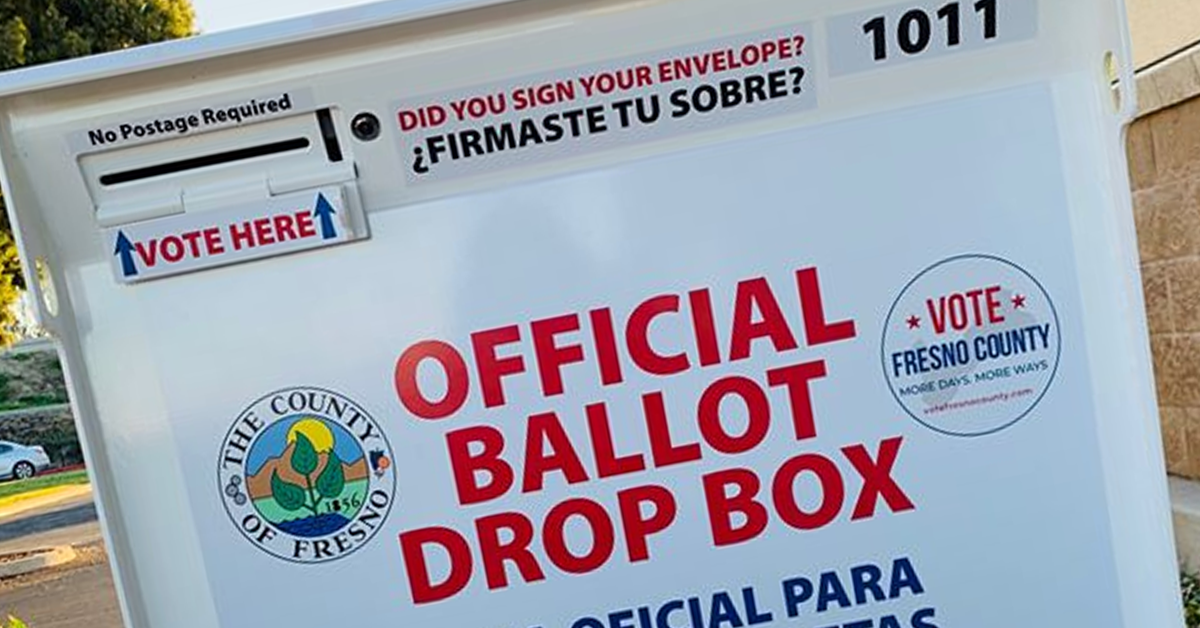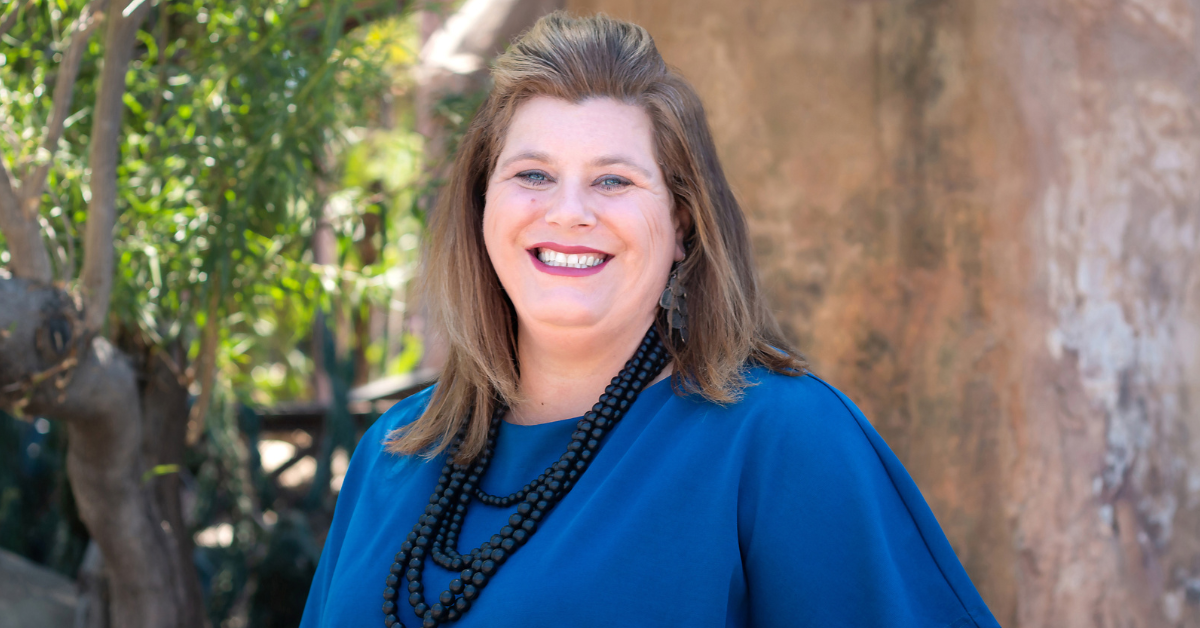A dozen thoughts on California’s new minimum wage law:
1.) I’ve chatted with City of Fresno Communications Director Mark Standriff, Fresno County Personnel Services Director Paul Nerland, Fresno Unified School District spokesman Jed Chernabaeff and Fresno Regional Workforce Investment Board Executive Director Blake Konczal. All say their organizations are studying the law’s potential effects of finances.
2.) But none so far has anything concrete to report. Chernabaeff said it might be a couple of months before Fresno Unified reports to the board of trustees. Konczal pretty much used the same time frame. Standriff said controller Michael Lima could have something to announce this week.
3.) Nerland was the most talkative. He said he’s looking strictly at compensation costs, not at possible impacts to county revenues. He said he initiated the study – no one further up the food chain ordered him to do the obvious.
4.) Nerland said Fresno County is a charter county (one of only 14 in the state), and therefore has more flexibility when it comes to state laws regarding compensation. Still, Nerland said, Fresno County finds itself in a tough market for talented employees. “We will want to remain competitive,” Nerland said. I took that to mean the County of Fresno’s minimum wage in 2022 will be $15 an hour, just as it will for other employers with more than 25 employees. (Employers with 25 or fewer will hit the $15/hour mark in 2023).
5.) Nerland declined to speculate on how the law will affect compensation for county employees making more than the legal minimum. But Nerland did note that step increases in the minimum wage over the next six years are rather big in terms of percentage. For example, to go from $10.50 an hour in 2017 to $11.50 an hour in 2018 means a 9.5% bump. Nerland didn’t go any further with his thought. My own interpretation: Unions representing higher paid workers might be inclined to scoff at proposed raises of a mere 2% or 3%.
6.) My final comment to Nerland: “Thank you, Paul. I know this isn’t your intention, but your report when made public will be highly political.” So, too, will be the reports from Lima, Konczal, Fresno Unified and every other Valley institution that hires entry-level workers and spends taxpayer money.
7.) California wages will never again be the same. Perhaps the biggest game-changer is the legally mandated annual cost-of-living boost. Yes, the new law allows the governor to suspend this provision in times of economic emergency. But there’s absolutely no chance that will ever happen. The new law is viewed by Gov. Jerry Brown and his supporters as moral and ethical progress of the first order. Can you imagine a governor saying: “With this law, I kill Jim Crow – but retain the option to suspend the law ”? Of course not. No governor is going to backtrack on any aspect of the new minimum wage law.
8.) I thought of “Broke and Broken” when I heard about Brown’s deal with the unions to support the $15 hourly wage. “Broke and Broken” was The Bee’s special section in Fall 2003 on the Valley’s economic troubles. I called a Fresno County welfare official at the time. We got to talking about the best ways to raise people out of poverty. The minimum wage at the time was $6.75 an hour. I said: “Seems to me if a 20-year-old man and a 20-year-old woman got married, held off having children, worked 40 hours a week at a minimum wage job, they’d have an annual income of $28,080 and a real good shot at making something of their lives.” The welfare official replied: “Oh, no.” I had suggested a personal responsibility, “up by the bootstraps” fix for the Valley’s social and economic woes. The wise folks in government viewed that as elitist and discriminatory.
9.) Gov. Brown’s new minimum wage law makes my math even more interesting. Near as I can tell, the typical full-time work week in many Fresno families remains 40 hours. When 2022 rolls around, the gross pay for a fulltime worker at the very bottom of the economic food chain will be $600 a week. That’s $31,200 a year. That 20-year-old man and that 20-year-old woman, married with no children but each working full-time, will make $62,400 a year. That is their household income. According to CNN’s website, my hypothetical couple with the $62,400 annual household income would rank in the top 45% of household incomes in all of America. The income of my hypothetical couple would be above the national average by a comfortable margin simply because two adults did what in the old days was so normal it would attract no notice – work a full week. This unusual state of affairs is guaranteed to happen in 2022 for no other reason than that Gov. Brown put his signature on a piece of paper on Monday.
10.) But I had noticed something else while working on “Broke and Broken,” something I didn’t dare bring up with that county welfare official for fear of being branded again as uncaring. And that was the strong multi-generational work ethic in certain families. I came across one family that had three generations of adults living together in one rather large compound in central Fresno. Some of the adults were old and didn’t work. But a handful did. I didn’t explore how the family handled its finances. But I sensed there was some sharing of income, expenses and strategy for the future. Imagine this family’s situation in 2022. Let’s say there are six working adults: A married couple in their mid-40s, their 23-year-old son and his wife, their 22-year-old daughter and her husband. All six work the standard 40-hours a week at minimum wage ($15/hour) jobs. They come home and pool their earnings – a single household income. This family would make $187,200 a year. According to CNN, this family would rank in the top 7% among household incomes in the United States. Again, the family would have Gov. Brown and his vision of April 4, 2016 to thank for its good fortune.
11.) And here is where the all-but-guaranteed annual bumps to the minimum wage come into play. Let’s say the minimum wage starting in 2023 grows at the same pace as Social Security benefits from 1987 through 1996. The bumps during those ten years ranged from 2.6% (1993, 1995) to 5.4% (1990). Our Fresno family of six fulltime minimum wage workers would see their household income grow to $266,000 after 10 years of loyal labor. The family would be in the top 3% of household incomes in America. (And what about our pair of 20-year-old lovebirds with the household income of $62,400 thanks to their fulltime minimum wage jobs? When they turned 30, they would have a household income of nearly $89,000 a year – putting them in the top 29% nationally).
12.) I know, I know. You’ve got all sorts of beefs with my logic. You say it’s not fair to compare a hypothetical household income in 2032 to CNN’s household income calculator based on 2014 statistics. You say everyone else’s income will shoot up in the coming years, crushing any hope of fulltime minimum wage workers to rise on the scale of comparative household incomes. You say it’s silly to think ambitious and hard-working families would pool multi-generational incomes from fulltime minimum wage jobs just to create a pool of capital that gives the youngest generations a fighting chance at major success. (As to that third point, I would suggest to all skeptics that you avoid the 2010 U.S. Census brief identifying the substantial growth of multi-generational – three or more – households in the U.S.). To these and other beefs that you have with my logic, I say: Point well taken. But I make this effort to suggest that, when all the talk about ethics and morality that now surrounds the new minimum wage law dies down, policymakers and corporate bean-counters and your average Californian have a lot of thinking to do about our new world. Thanks to Gov. Brown, the minimum wage in California has become a public utility, a common resource to be constantly regulated by governmental fiat to fit an ideal world.
That’s why I said Paul Nerland is writing a political document – or manifesto.










